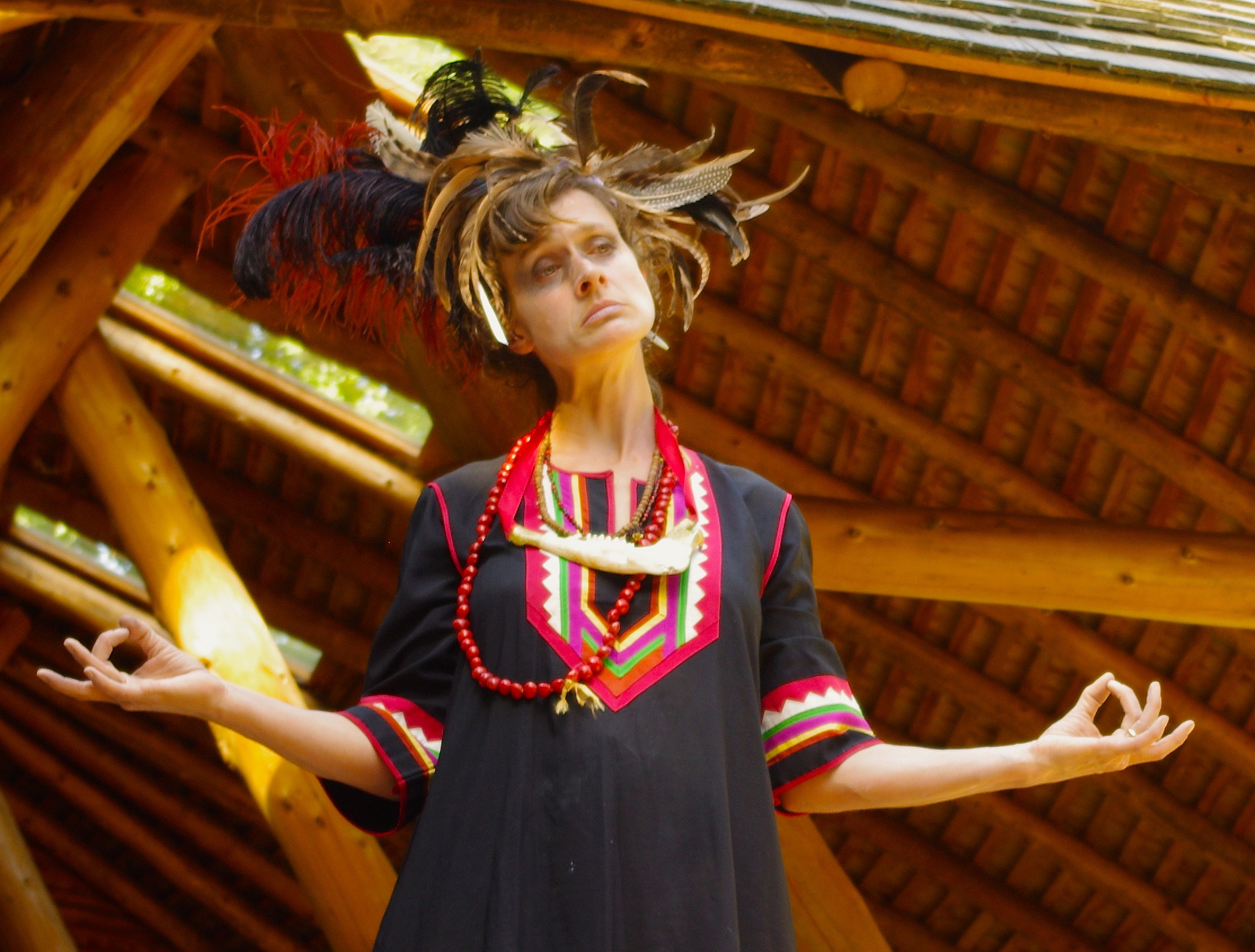
A scene from Feral Theatre’s ‘Funerals for lost species’
Essential creativity
As opportunities for alternative and creative forms of education and care provision are diminishing, Bridget McKenzie puts forward the case for ‘creative work’.
The Government is eroding alternative and creative forms of education and care while claiming to increase freedoms for providers. Looking at the horizon, catastrophic factors are further threatening public funding for engaged arts practice, or what I call ‘creative work’. However, I believe those catastrophic factors will make our creative work as essential as emergency medicine, food banks or flood barriers.
If we can look more clearly at the potential impacts of these catastrophic factors in future, it may help us to advocate the value of this work and to gain a renewed sense of mission. This in turn will help to lay out requirements for future training and to project some new paths of work. I believe that there are three fundamental principles for this future training: positive deviance, edge-working and emotional wellbeing.
Creative work will become more essential because emergencies can be overcome by ‘positive deviance’, a capacity that artists are well able to model and nurture. It is an approach to development work started by Jerry Sternin that identifies non-conformist behaviours with successful results. An example would be parents giving food not normally thought suitable for children during a famine. The approach encourages communities to share positive-deviant behaviours so that they can be seen as normal or effective
I would like to see a renewed recognition of artists as workers for social and environmental repair
Creative workers are ‘edge-workers’. They will become essential because they can facilitate connections between the margins of systems. Ecologists know that where one ecosystem merges into another, such as river banks, there is the richest biodiversity. Creative workers may become better trained to translate knowledge between one specialised area and another so that 'ideas can have sex'. We might imagine, for example, an artist connecting arboriculturists with bridge engineers to build living bridges that resist earthquakes. Dimitri Launder describes himself as an artist-gardener who is using the arts to inspire more fruitful, beautiful and healthy school gardens, influencing how children relate to food.
Creative workers are also workers for emotional resilience. I believe that the roots of education are emotional, ethical and practical. We can only grow useful knowledge in ‘soil’ that is formed of compassion, ‘bigger than self’ values and resourcefulness. Two of the most important skills for emotional resilience will be bioempathy (being able to empathise with other species of life) and constructive depolarisation (being able to defuse conflict and help others find commonality). Feral Theatre, founded by Persephone Pearl (an aerialist, puppeteer, drama teacher and celebrant) with Emily Laurens and Rachel Porter, has created deeply emotional performances mourning the loss of extinct species. Feral Theatre has recently developed ‘Funerals for lost species’ with a grant from Tipping Point, which supports art about climate change.
I would like to see a renewed recognition of artists as workers for social and environmental repair, not only valued for their potential contributions to the financial economy. For this reason, I have established a project called Beuysterous, which aims to increase the numbers of trees that are planted, cared for and sustainably used, through mass creative actions and the inspirations of artists. It is important to sing loud about creative work that has such demonstrable value in healing natural places and people together. If we keep up this singing, we may before long have a default notion of the artist as someone working with communities to help them acquire the means to thrive and survive.
Bridget McKenzie is Director of Flow Associates.
thelearningplanet.wordpress.com
www.positivedeviance.org
Join the Discussion
You must be logged in to post a comment.